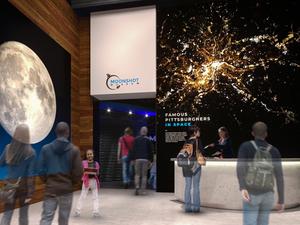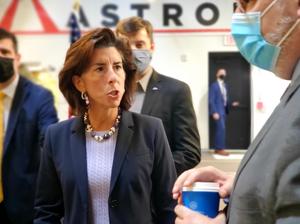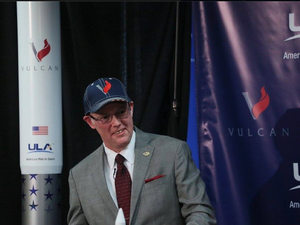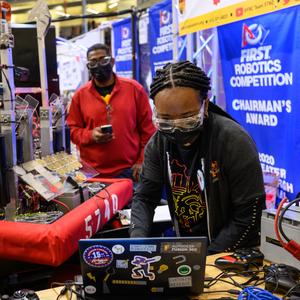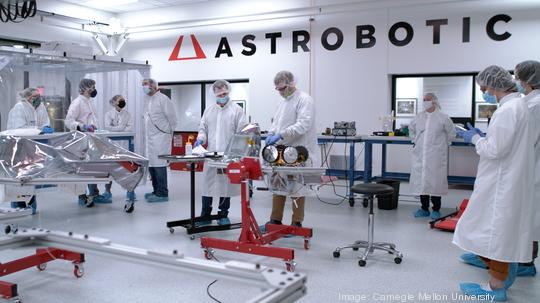
Carnegie Mellon University celebrated the bolting on of its Iris rover to Astrobotic's Peregrine Lunar Lander, which the Pittsburgh-based space company is set to send to the moon in 2022 as part of NASA's first commercial space mission to the moon.
The size of a shoebox and weighing in at about four pounds, the Iris rover will be the first American and student-developed rover to land on the moon. It'll also be the solar system's lightest and smallest rover to be placed on the lunar surface. It's equipped with cameras to observe the moon's terrain and to help with its remote guidance back on Earth.
Iris' development team had to have the rover undergo a series of strenuous tests at Astrobotic's North Side headquarters before it could be attached to the lander to prove it can survive the launch from Earth, transit through space and eventual placement on the moon's surface. That included vibrations testing that mimic the launch of United Launch Alliance's Vulcan Centaur rocket — the vessel that will take Astrobotic's Peregrine Lunar Lander to the moon — as well as communications testing to ensure there would be no interference between the rover and lander and subjecting the rover to extreme temperatures found on the moon, which can range from -298 degrees Fahrenheit at night to 224 degrees Fahrenheit during the day.
"This success is a testament to the more than 200 CMU students who worked on Iris over the span of three years," Red Whittaker, the Fredkin Professor of Robotics and director of the Field Robotics Center at CMU, said in a university press release. "The initiative is a pinnacle of human achievement as much as it is a masterwork of technical virtuosity."
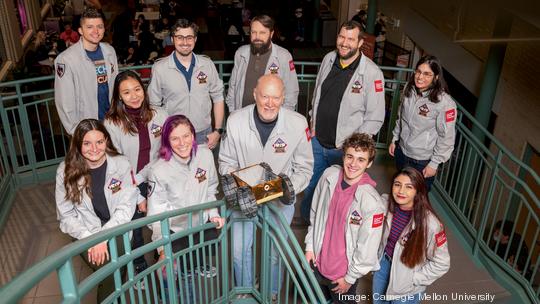
CMU's Iris rover is among the last of nearly 20 payloads in total to be attached to the lunar lander and marks the second payload the university is sending on the mission following the installation of its MoonArk artifact earlier this year, which contains hundreds of images, poems and music relating to arts, humanities, science and technologies.
"It is exciting to reach this make-or-break milestone with only days left to the deadline after pursuing this goal for years," Raewyn Duvall, the program manager for Iris and a Ph.D. student in electrical and computer engineering, said in the release. "Success was so elusive with many development setbacks and schedule delays, and it has been hard-earned by the team. We gave this everything. Now success on the moon is up to the robot."

